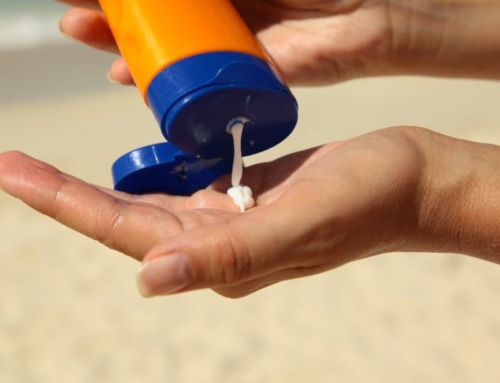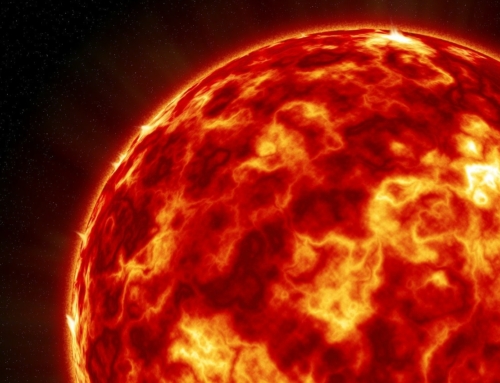Understanding the different terms with MMJ is the first step in understanding which one might be a better choice for your medical condition. Our body has cannabinoid receptors all over our bodies. We naturally produce endocannabinoids but lately attention has been turned to the phytocannabinoids which means derived from a plant (aka cannabis). The cannabis plant doesn’t actually produce active cannabinoids but instead produces the precursors that get activated when you apply heat.
Our endocannabinoid system is implicated in the following bodily functions:
- Appetite
- Blood pressure
- Body temperature
- Energy
- Heart rate
- Immune response
- Inflammation
- Memory
- Mood
- Muscle control
- Pain response
- Sleep
- Thirst
There are over 150 different cannabinoids and their effects are not limited to a single cannainboid but are influenced by the cannabinoids, terpenes and flavonoids in each individual product. This “entourage effect” is one of the reasons you might see “full spectrum” cannabis advertisements. This simply means the other components are still present in the product whether it was left remaining there or added back in after processing.
The body has two type of cannabinoid receptors: CB1 and CB2. CB1 receptors are primarily found in the brain and nervous system. CB2 receptors are found in other areas of the body and thought to affect the immune system.
READ ON to learn more about which cannabinoids and terpenes are considered for your medical condition…
Cannabis strains come in 3 primary types:
- Sativa
- Indica
- Hybrid (Combination of Sativa and Indica)
It is generally thought that Sativa strains are energizing and Indica strains are calming, until they do the opposite. Often a Sativa strain may have a calming effect or an Indica strain may be energizing. Each strain will have a name like “maui wowie” but this doesn’t mean it is the same product not only from store to store but even from batch to batch. It will come from a similar seed but depending on growing conditions the components can be quite different.
Therefore, this is a generalized way to start categorizing them but you have to look deeper into the makeup of each strain. This is why the understanding the different components becomes important.
Here are the three main components to evaluating a product for you:
- Cannabinoids (like THC, CBD)
- Terpenes: These are the “essential oils” of the cannabis plants
- Your body and medical condition/need
In addition, there are flavonoids which are produced in the leaves and give the plants their unique colors.
Looking into the Cannbinoids further, while there are over 150 different types there are 5 main ones.
- THC (tetrahydrocannabinol) is the most abundant cannabinoid in cannabis. This is the part of the flower that creates the psychotropic effect also more commonly known as the “high”.
- Delta-9 THC – the most psychoactive
- Delta 8 THC
- CBD (cannabidiol) is the second most abundant form (typically 25%). No psychotropic effect. Potentiates THC helping enhance the expression and may decrease the anxiety component of the THC. Felt to decrease pain perception among other benefits.
- CBG (cannabigerol) -lower concentrations in the plants (typically 1%) found in the younger plants. This is considered the “mother” cannabinoid as all other cannabinoids come from the CBG precursor CBGA. No psychotropic effect. This is one of the most promising forms for medical use especially for anti-cancer benefits and glaucoma but is not very common and difficult to concentrate.
- CBN (Cannabinol)- a breakdown product of THC formed when THC ages. Psychoactive but minimal compared to THC. Older flower products have more CBN especially when not properly stored. Causes more sedation than other forms and may be helpful with sleep issues.
- CBC (cannabichromene)- least common cannabinoid. Has been thought to have antibacterial properties and may help with neurodegenerative conditions.
Research is actually ongoing for many uses of these products and many of these components have been thought to aide in other conditions so ple
Now we get to add in the terpenes. THC helps potentiates the effects of the terpenes. We are already used to seeing/smelling terpenes. Terpenes are what makes an orange smell and taste like an orange. It is found in spices like curcumin as well as essential oils. The terpene profile becomes a key component to the outcome of the MMJ product. There are 8 main kinds of terpenes: myrcene, limonene, humulene, linalool, beta-caryophyllene, ocimene, pinene and terpinolene. You can smell the differences in any MMJ dispensary between each product.
Let’s look at a few key ones.
- Myrcene – the most common terpene known for its’ calming effect. This is also found in Thyme, mango and lemongrass.
- Limonene- believed to provide anxiety and stress relief. Also found in the rinds of lemons and oranges.
- Pinene – may be useful for pain, inflammation and anxiety. Found in rosemary and basil.
- Carophyllene- also acts as a cannabinoid providing an anti-inflammatory effect. Found in black pepper, cloves and cinnamon.
- Terpinolene – thought to have uplifting effects. Found in Nutmeg and Cumin.
Keep in mind, if you have serious food allergies you may be allergic to the terpene component and might have a reaction to the cannabis terpene that is similar to that food!
The last part of finding the right formulation is your own body. Every body processes things differently and most cannabinoids are processed in the liver. What works for one person might not work for you. In addition, there is a tolerance effect. The longer you use a product the higher the dose you may need so taking a break from your products on a regular basis may help alleviated this common issue. Also understanding and being clear what you are trying the MMJ product for. Nerve pain is different from bone pain or muscle pain for example. Now add in the dosing (remember to always start low) which will be different for every person.
I hope you can see a glimpse of the complexity of the different products. An educated bud tender may be able to help point you in the right direction. I was very impressed with Hunter at Emerald Alley Dispensary and was able to witness first hand how he assessed a patient who had walked in with a complex medical condition while we were there. I want to thank them for sharing their knowledge with me.
To your health,
Laura









